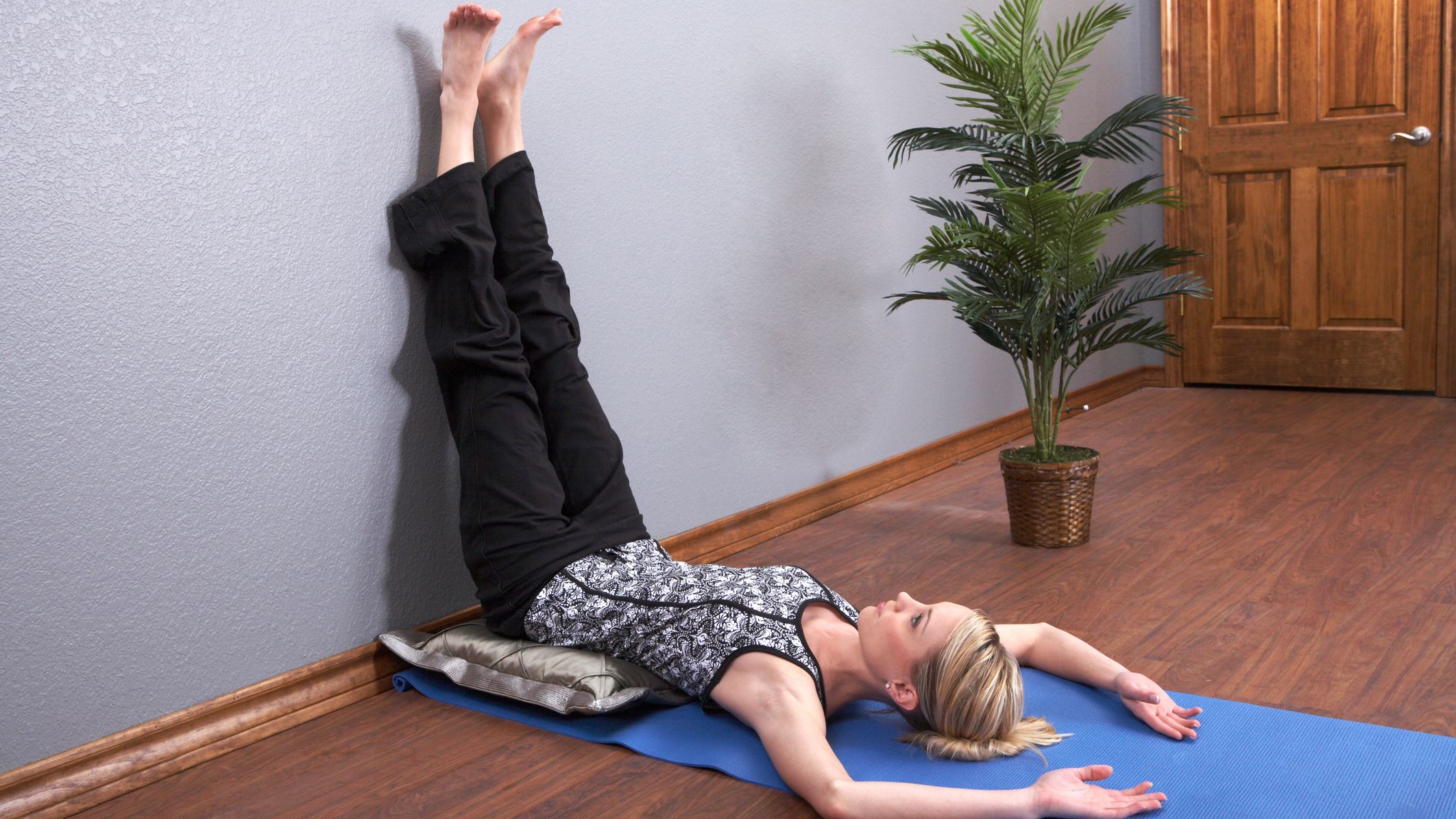Use this easy yoga pose to boost circulation, promote recovery and lower stress levels
All you need is gravity

A few years ago when I was training for a triathlon and doing lots of gruelling uphill cycling, I used to unwind lying on my back with my legs up the wall.
Maybe it was instinctive, but I did this without truly knowing why.
Logic told me, given my thighs had swelled with what felt like 90% of my total blood, that tipping upside down would help redistribute my body mass.
Having recently spotted strength and mobility coach Charlotte Hazelwood swear by this inverted maneuver, I dug deeper and it turns out I was onto something.
A post shared by CHARLOTTE HAZELWOOD | STRENGTH & MOBILITY COACH (@elevatewithcharlotte)
A photo posted by on
Hazelwood describes this move as her “lazy girl central nervous system reset”.
“It’s like a boss babe secret weapon to bounce back, reset and actually thrive,” she writes in the caption.
There’s science behind it, too. One 2024 review of research assessing the therapeutic role of yoga for people with hypertension found the legs-up-the-wall pose (viparita karani in Sanskrit) effective at boosting circulation without elevating blood pressure.
Start your week with achievable workout ideas, health tips and wellbeing advice in your inbox.
“In viparita karani (yoga inversion pose), supported legs up the wall position can give inversion benefits of lymphatic drainage and improved venous return from the lower extremities without adding the risk of increased BP [blood pressure],” researchers noted.
Venous return, in this instance, involves the flow of deoxygenated blood from the legs back to the heart. It can help reduce swelling, boost circulation and promote relaxation.
“Improved circulation accelerates recovery, and employing the legs-up-the-wall pose will help create a positive circular flow of blood back to your core,” agrees Alex Quinn, head of Reformer at London fitness studio Milo and the Bull.
“It’s especially effective at helping clear lactic acid that can build up during exercise. This waste product can take time to leave your body, but being in an inverted position helps it drain faster, ultimately aiding your bounce back and shortening your recovery time.”
The benefit of this pose over other yoga inversions is that the heart and head remain at the same level.
However, it’s best to consult a healthcare professional if you have hypertension or ocular conditions that could be aggravated by increased blood flow to your heart or head.
How to do the legs-up-the-wall pose
- Sit close to a wall and lie back, then swing your legs up the wall.
- Shuffle your hips close to the wall and straighten your legs so that your body forms an L-shape.
- Your legs can be straight or slightly bent, whichever is more comfortable.
- To enhance relaxation, rest your arms at your sides, palms facing up, close your eyes and breathe deeply.
- Maintain this position for five to 20 minutes and enjoy the sensation of your legs coming back to life.
Hazelwood recommends tuning into a podcast or listening to music. I preferred to elevate my legs against my headboard in bed, while reading, but it can be practised at any time against any wall.

Sam Rider is an experienced freelance journalist, specialising in health, fitness and wellness. He is also a REPS level 3 qualified personal trainer.
You must confirm your public display name before commenting
Please logout and then login again, you will then be prompted to enter your display name.

